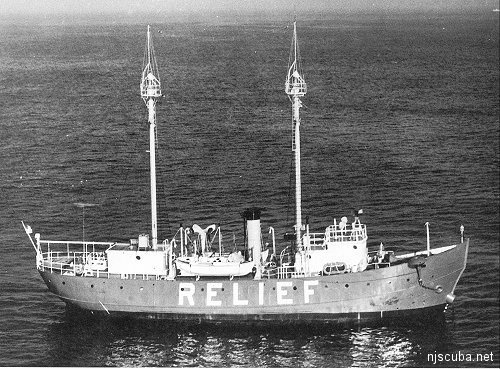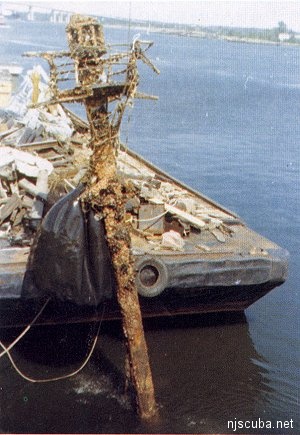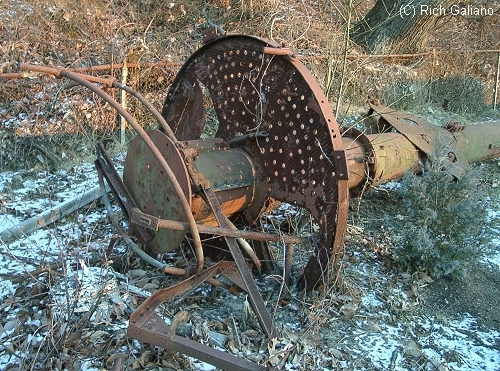Masts


Possibly the most preposterous artifact that has ever been recovered is one of the masts from the Lightship Relief. Over 50 ft long and weighing some 6000 pounds, the mast was recovered by divers in 1976 and set up in front of a dive shop in Laurence Harbor. ( It was called "Diver's Cove". )
The dive shop has long since closed, and the huge mast now lies off to the side, a rusting eyesore. The present owner of the property claims it is a registered historic landmark. Apparently not so - as of March 2008 it was hauled away as garbage. Better that it had just been left in the sea, but this is the fate of many divers' "artifacts."




Wooden masts and spars are seldom found on shipwrecks. Wood floats, after all, and freed of gravity underwater, a wooden mast soon works its way free and pops to the surface, where it becomes a hazard to shipping. For this reason, many sailing shipwrecks were deliberately destroyed - masts broken off by wire-drag and then the pieces collected and carted away.
Barge photo courtesy of Capt. Dan Berg

